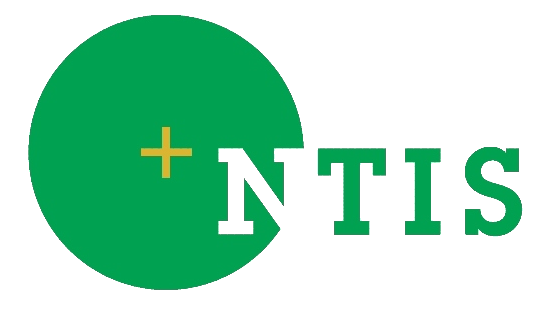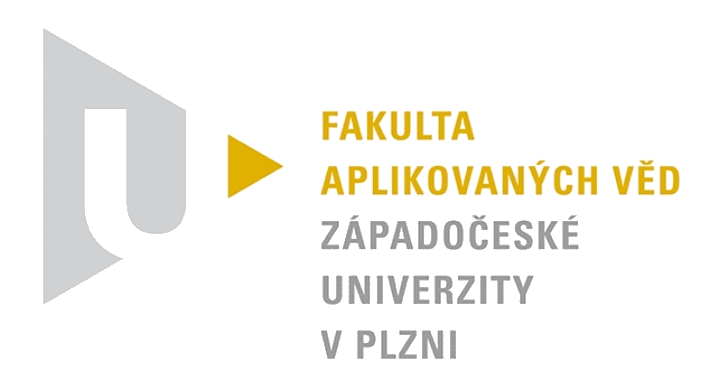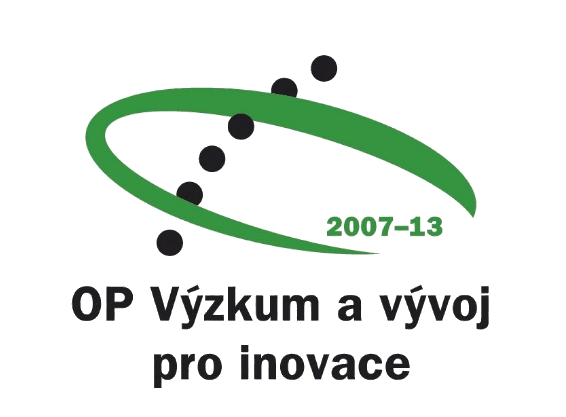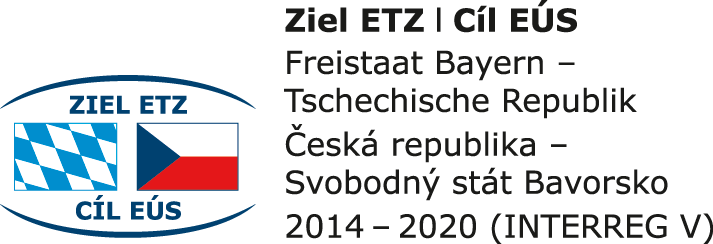
Software and hardware infracstructure for research in electrophysiology
As in other areas of experimental science, operation of electrophysiological laboratory, design and performance of electrophysiological experiments, collection, storage and sharing of experimental data and metadata, analysis and interpretation of these data, and publication of results are time consuming activities. If these activities are well organized and supported by a suitable infrastructure, work efficiency of researchers increases significantly. This article deals with the main concepts, design, and development of software and hardware infrastructure for research in electrophysiology. The described infrastructure has been primarily developed for the needs of neuroinformatics laboratory at the University of West Bohemia, the Czech Republic. However, from the beginning it has been also designed and developed to be open and applicable in laboratories that do similar research. After introducing the laboratory and the whole architectural concept the individual parts of the infrastructure are described. The central element of the software infrastructure is a web-based portal that enables community researchers to store, share, download and search data and metadata from electrophysiological experiments. The data model, domain ontology and usage of semantic web languages and technologies are described. Current data publication policy used in the portal is briefly introduced. The registration of the portal within Neuroscience Information Framework is described. Then the methods used for processing of electrophysiological signals are presented. The specific modifications of these methods introduced by laboratory researches are summarized; the methods are organized into a laboratory workflow. Other parts of the software infrastructure include mobile and offline solutions for data/metadata storing and a hardware stimulator communicating with an EEG amplifier and recording software.







